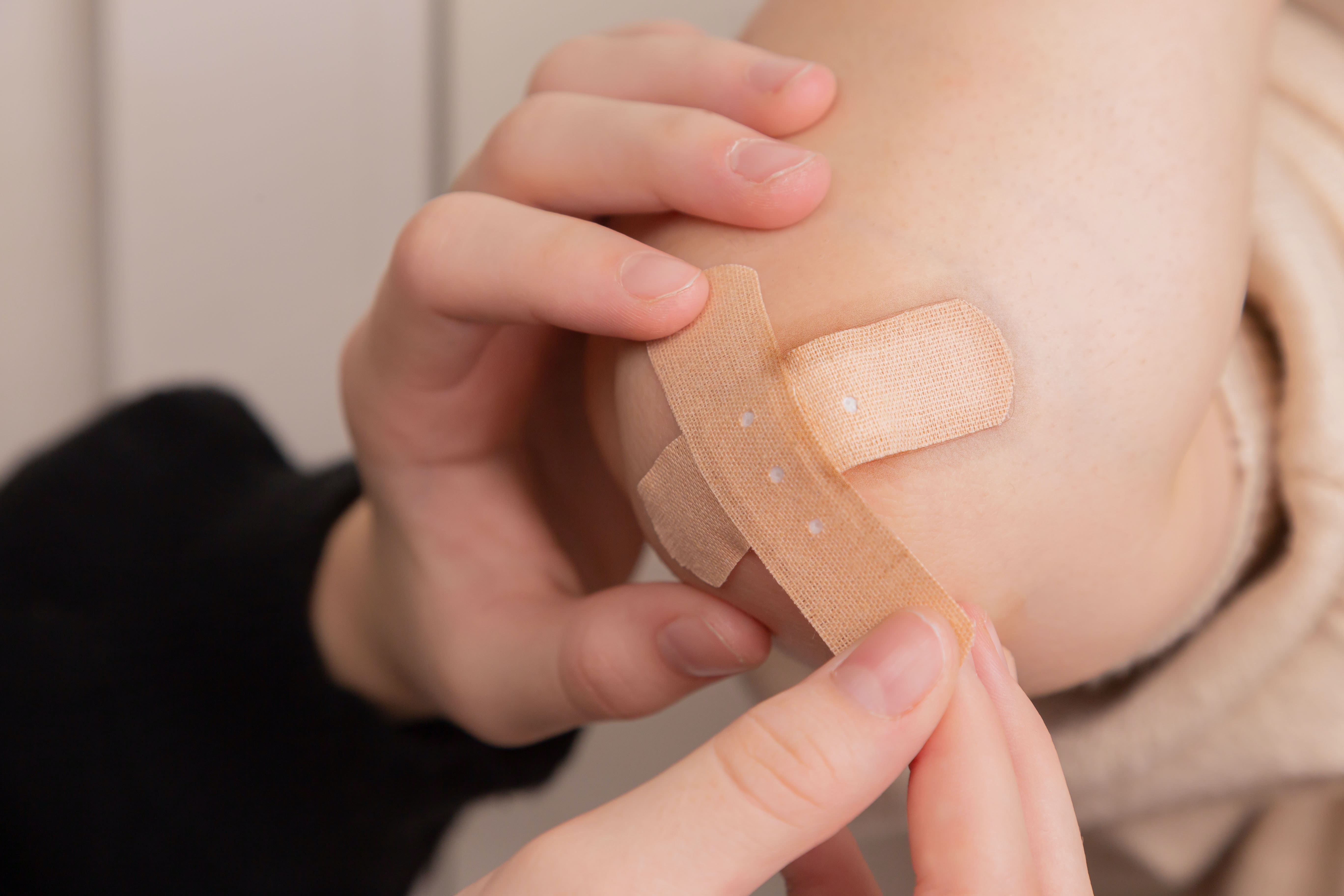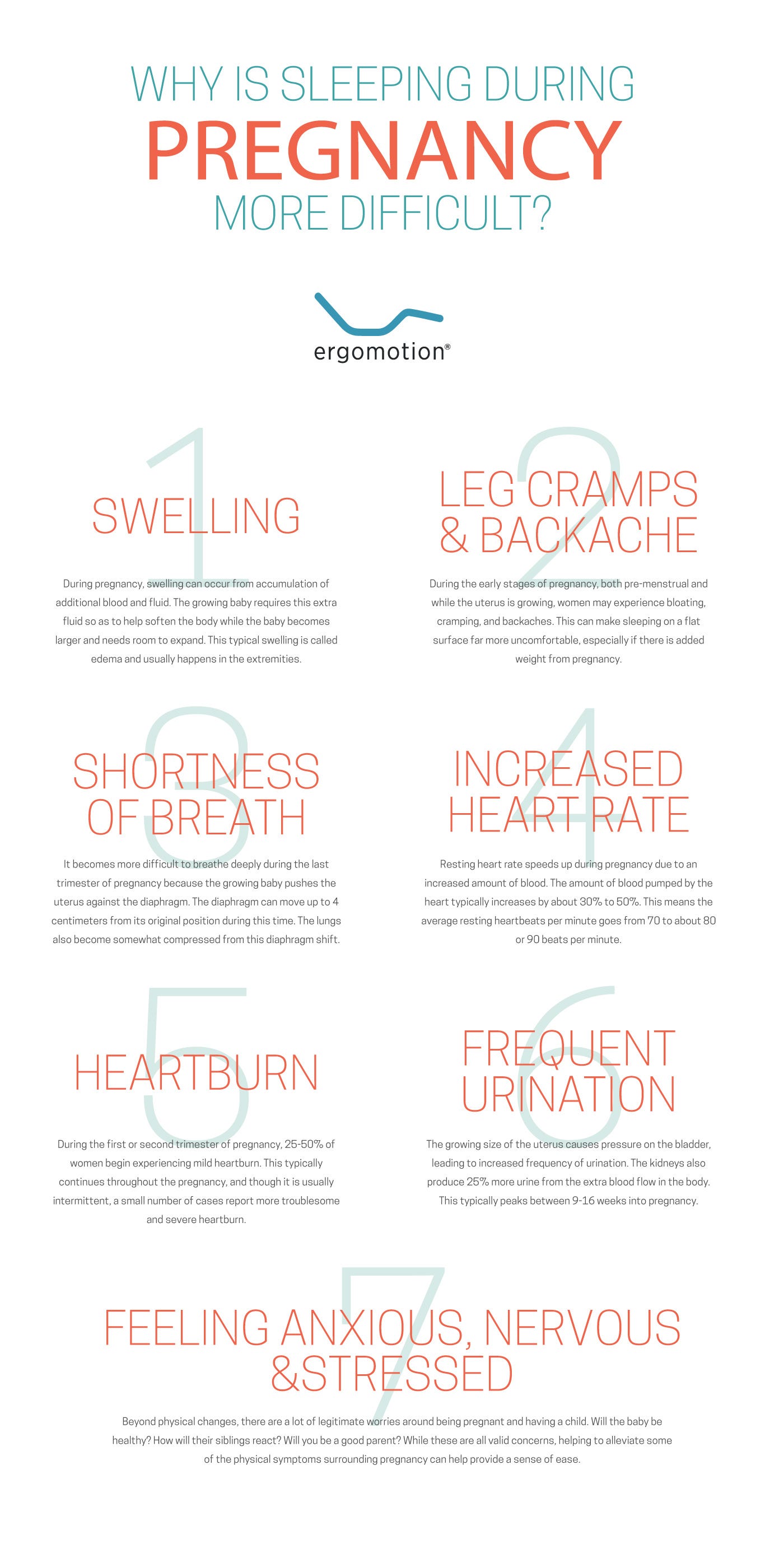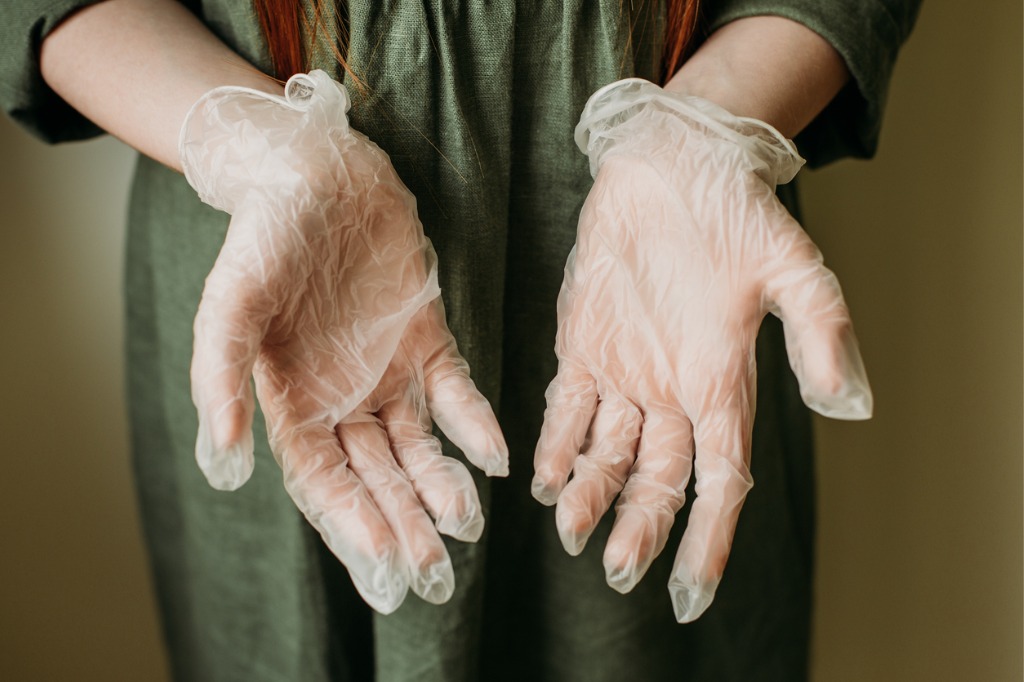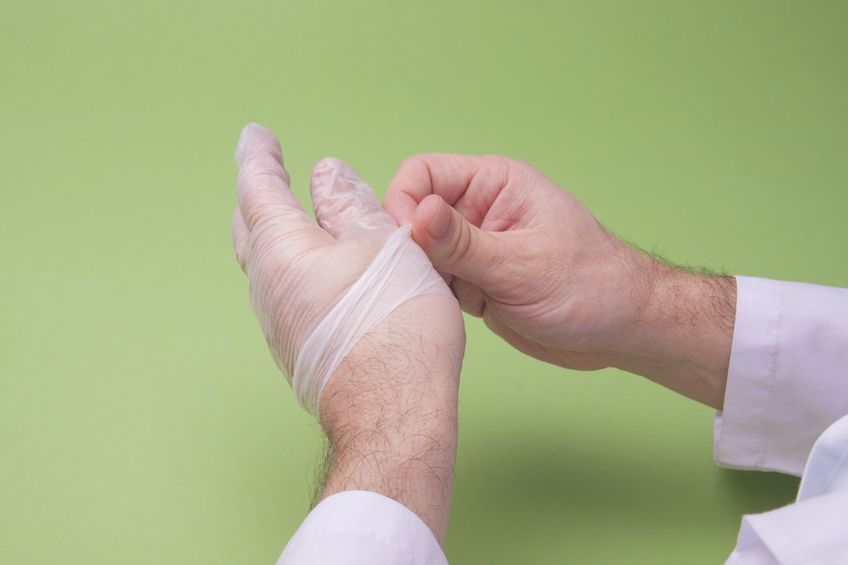The prevalence of latex allergies and their effect on daily life– All Terrain
4.9 (596) · $ 6.00 · In stock

Do you or someone you know have a latex allergy? This is an allergy that is triggered when the body comes into contact with natural rubber latex, a substance that is used in a variety of everyday products, such as bandages. Some people have mild reactions to latex, while others have severe symptoms that can be fatal. A latex allergy is not something that can be cured. The best way to handle the allergy is by avoiding any contact with latex. What Latex Allergies AreA reaction to rubber latex is known as a latex allergy. Latex is a substance made from sap that comes from a rubber tree. It’s used in a variety of products, such as balloons, medical exam gloves, condoms, and others. A person who has a latex allergy may have an adverse reaction when they touch latex or breathe in latex particles.There are several symptoms associated with a latex allergy, including trouble breathing, skin irritation, runny nose, rash, and hives. As mentioned, no cure exists for this allergy. Anyone with this allergy should stay away from latex products. It’s also a good idea to wear a medical alert bracelet that indicates the person has this allergy.The most severe reaction can include anaphylaxis. This reaction may develop during some people’s first introduction to latex, but it often occurs after several exposures. Some symptoms of anaphylaxis include confusion, loss of consciousness, wheezing, and a weak pulse. If this happens, it’s important to seek out emergency medical care immediately.Prevalence of Latex AllergiesLatex allergies tend to be fairly rare. In the United States, less than 1% of the population suffers from this allergy. Allergies to latex have become less common over the last few decades as hospitals and medical clinics move toward using powder and latex-free gloves and other types of equipment.Any person can experience a latex allergy, even if they have been in contact with latex in the past and experienced no issues. However, some individuals have additional risk factors, including:History of Allergies – Many people with a latex allergy also have other allergies. This might include allergies to foods like kiwi, chestnut, banana, or avocado. It can also occur more frequently in those who suffer from hay fever.Repeated Exposure to Latex – Frequent contact with latex may cause an allergic reaction. Many people who wear latex gloves at work go on to develop a latex allergy. There is a higher risk among dentists, healthcare providers, and individuals in the beauty industry.Frequent Surgeries –Both adults and kids who have had several surgeries have a higher chance of latex allergy. This is especially common for children with spina bifida since the treatment involves multiple surgeries and procedures at a young age. The supplies used in these procedures, such as rubber gloves and catheters, frequently make use of latex.How Latex Allergies are DiagnosedIf you think you may have a latex allergy, your doctor can help you determine whether that is the case. This person will ask about your exposure to latex and any symptoms you have experienced. You’ll be asked about additional allergies you have and whether there is a family history of allergies.A doctor can do a blood test to determine whether you have a latex allergy. Skin prick tests are also used to diagnose this kind of allergy. This involves having a small amount of latex placed on your skin over a prick or scratch so the latex can go under the surface.For those with an allergy, this test will cause the skin to become itchy and red. It can also cause raised welts that indicate your immune system is reacting to the latex. This can be an uncomfortable procedure, but it is not painful. Most of the time, the reaction will occur within 15 to 30 minutes.Preventing Latex AllergiesThere is no way to stop a latex allergy from occurring, but avoiding a reaction is possible. Those who have a latex allergy should avoid using products that contain latex. It’s also important to tell your doctor or dentist about the allergy before any procedures. Make sure all equipment and gloves used are free of latex.There is no way to stop a latex allergy from occurring, but avoiding a reaction is possible. Those who have a latex allergy should avoid using products that contain latex. It’s also important to tell your doctor or dentist about the allergy before any procedures. Make sure all equipment and gloves used are free of latex.All Terrain Bandages for Individuals with Latex AllergiesAll Terrain offers an array of Cruelty-Free bandages that are good for individuals who have an allergy to latex. Each of these products is made to be 100% sterile, use non-stick pads andmade with 4-sided seal to help keep dirt and contaminants out. They are made with a flexible design to cover small, medium and large wounds.Fabric Bandages offer flexible and breathable protection with its soft, flexible fabric that easily contours to your body. Fabric bandages are so gentle on skin and great for everyday use, so carry them anywhere you go.Sheer Bandagesoffer flexible and absorbent protection with its soft, flexible plastic that easily contours to your body. Sheer Bandages blends with your skin, therefore less visible on your skin allowing you to wear them anywhere you want.Super-Stick Bandages (formally called Strong-Strip Bandages)offer heavy-duty protection with its super-strength adhesive that

The prevalence of latex allergies and their effect on daily life

The prevalence of latex allergies and their effect on daily life

The prevalence of latex allergies and their effect on daily life

The prevalence of latex allergies and their effect on daily life







